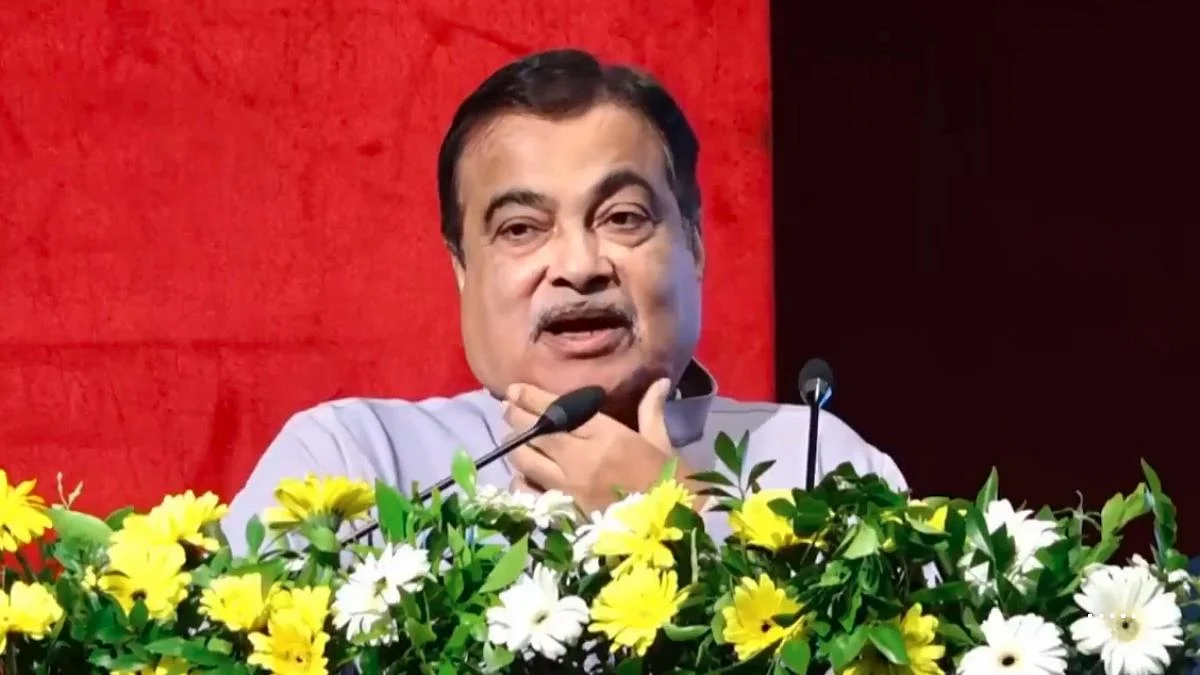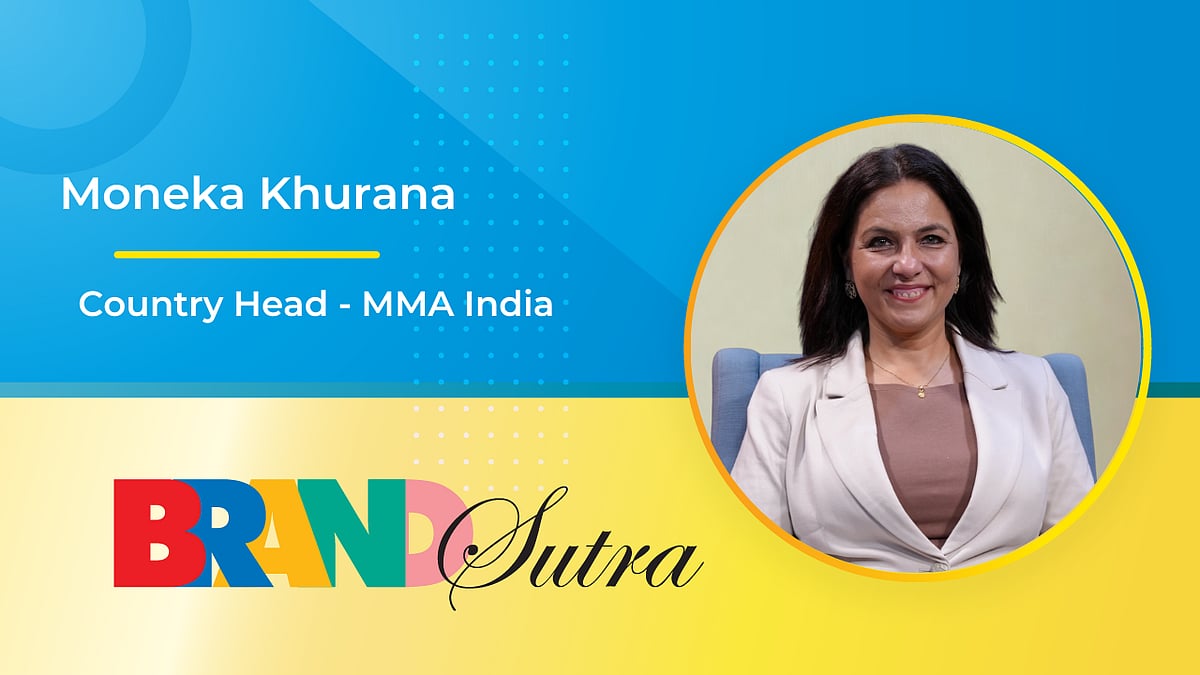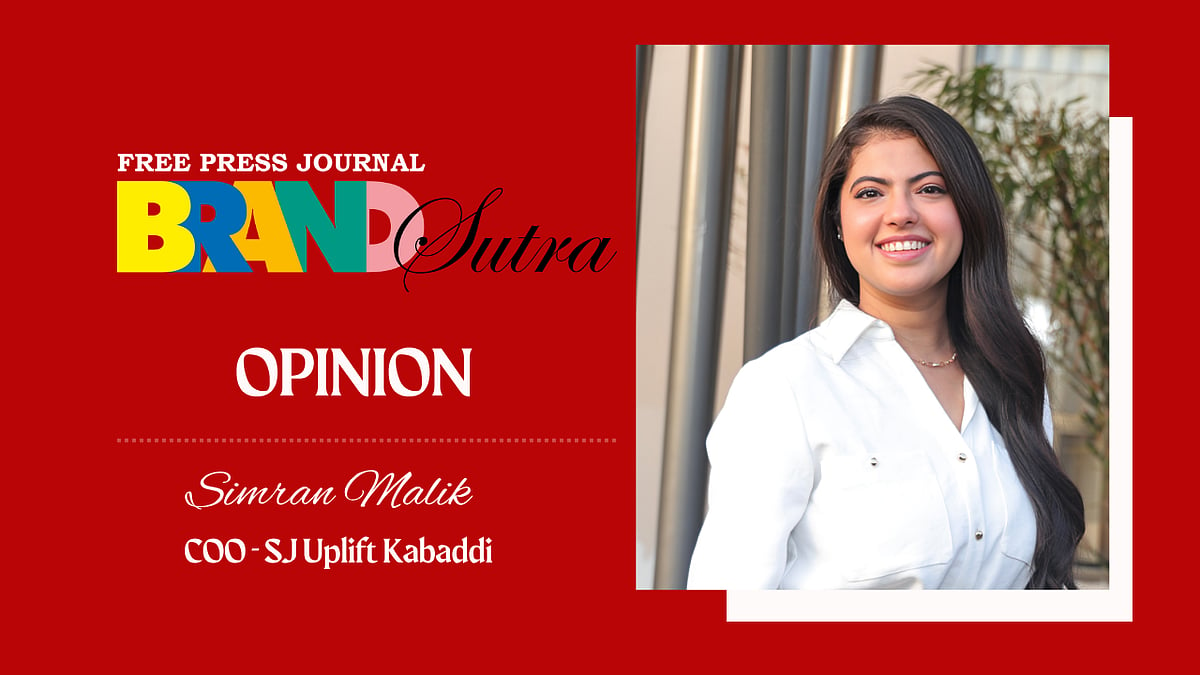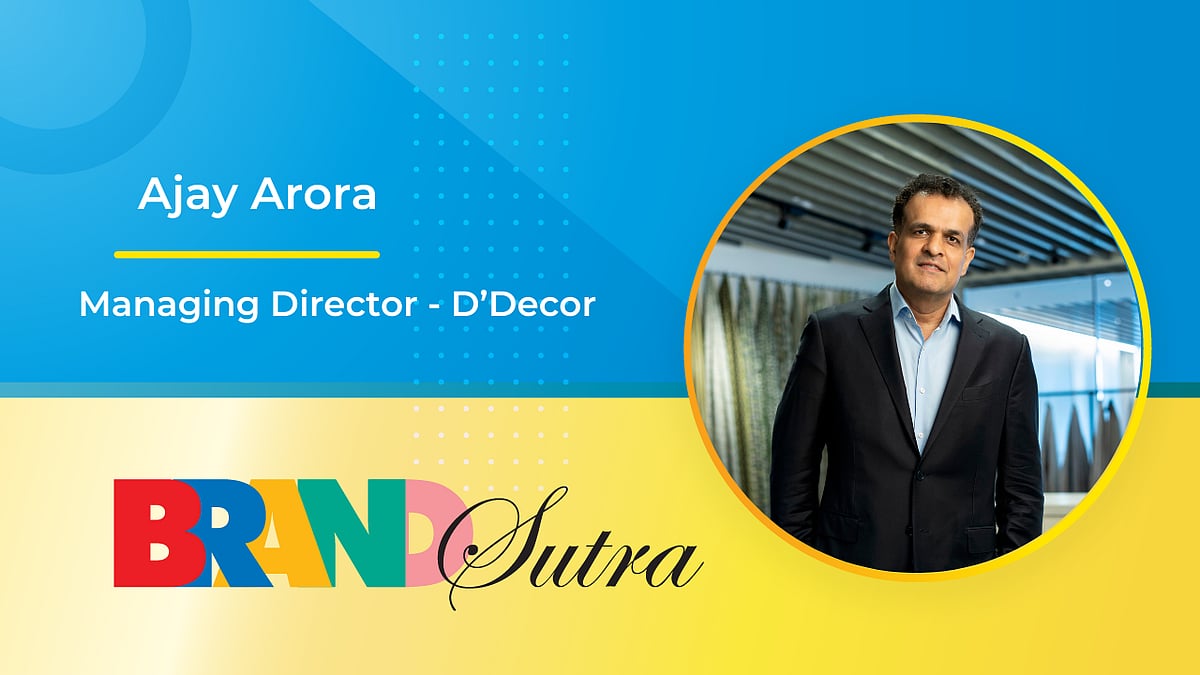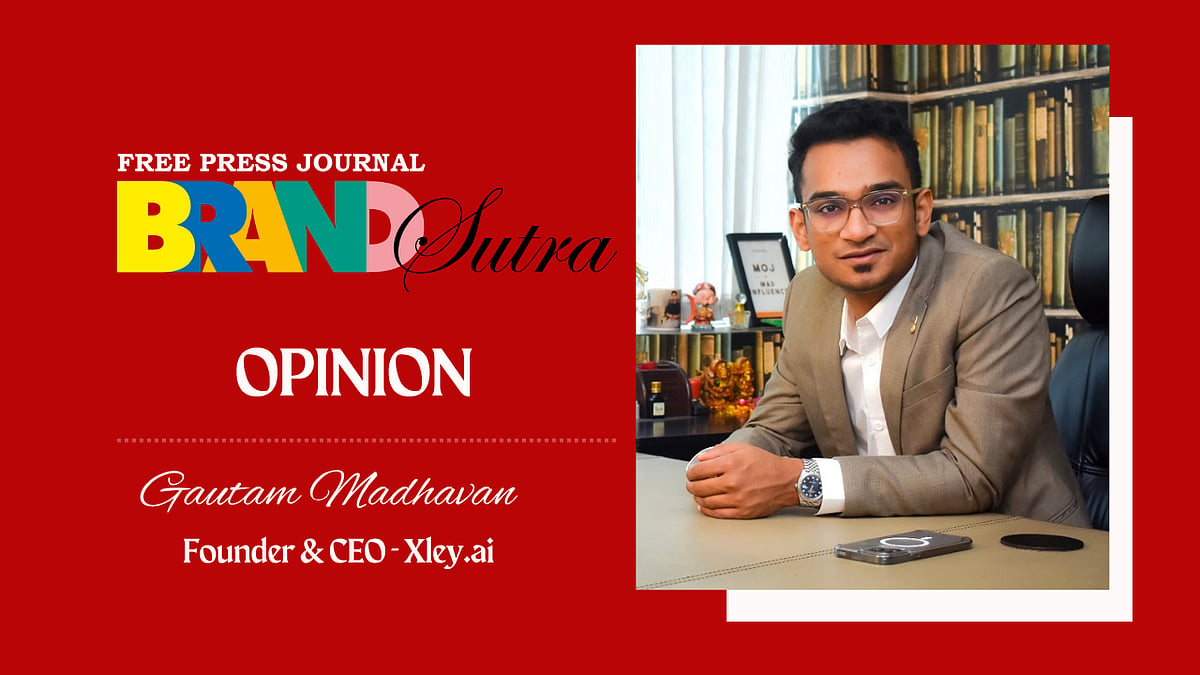What is your mandate at Tata Power since you took over three years ago? Can you talk us through the milestones and targets?
When I joined, the company's new and more customer-facing businesses were just getting to a stage where they could really start talking about themselves in a bigger manner. Also, the company had just acquired the Odisha distribution business which was like a whole state where we were the single electricity provider; that had added about a million customers to our existing distribution customer base. The company had put out a strategic intent to the shareholders, stakeholders and markets and in general, that we will transform ourselves into a renewable services company; that we will not invest in any new thermal assets going forward. So, the whole course of the company was changing and we set a very bold ambition for ourselves. We said we want to become the most preferred and most trusted green energy brand in the country. It may sound audacious, but it was almost like when you think of phones, you think of Apple as the company right up there on technology and innovation. You choose Apple because it's Apple. That's the kind of space we wanted for ourselves.
After that, we have taken little and big steps in that direction, whether it was from our PR and storytelling perspective, product plans, events or spaces that we are seen at, or the sustainability agenda. Tata Power and all Tata companies are usually very reticent in talking about the good work that they do; that's a very Tata ethos. We would do a lot of CSR work and work in the sustainability space but not really talk about it. We said we will do measured, calibrated storytelling around good work we are doing at the community level, on sustainability at the grassroots.
One of the big milestones for us has been revamping our PR narrative – to show how everything we are doing is enabling India's overall agenda of moving to a more renewable energy space. It ties in with the government's agenda, ties in with how India needs to grow – our par requirements are growing and those have to now come from renewable energy. There are challenges, of course, but they are being tackled at a much larger level and Tata Power is also playing a very strong role in that.
How big is Solaroof and how has it been promoted?
Now, Solaroof is our largest brand from a consumer facing business perspective (bigger than the EV in terms of value). Initially, there were challenges; people were not aware of how it works, there were some hurdles. But now the government has also made things a lot easier. We focus on educating consumers. One of the big things is this new campaign. We tried to understand the challenges that the customer faces when thinking about it. At one point it was awareness. But now we realise because of all the collective effort in the ecosystem, people are aware of solar energy. Then it is about how I can put it in my home or my commercial premise. And then, who is the best partner because there is a lot of competition in the market ranging from large established players to small unorganised players. What is that he or she could do to make the right decision? Which is where we identified the pain points as financing and an end-to-end solution.
Then there is also a certain amount that we are used to paying for our electricity bills at home. Now this requires some investment in the beginning and then over a period of time it makes your electricity bill much lower. These are the three or four pain points which the consumer faces when making a decision on going solar. This is actually our third campaign.
Our first Solaroof campaign in early 2021 was solely on electricity savings. We also had to go step-by-step. We were looking for an easy way into the consumer’s mind. It spoke about how you save so much on your electricity bill that you have money to do something else. The campaign was called ‘Banaye Dildaar.’ The idea was that if you have more money, you are dildaar or more generous.
We followed that up with another campaign focused on ‘Savings’ plus ‘Our Expertise’. That was in 2022. It showed how Solaroof turns your roof into an earning member/profit partner by generating savings on electricity bills. For the business audience we said it increases your profits. The consumer insight here was, what does a MSME customer want? He is always looking for ways to save cost and to plough it back into his business so that he can grow the business. So, we said solar roofs are your profit partner.
We have tried to make it simple for the consumer to understand because we are trying to create a new category and it’s a technical category. It’s important for the customer to understand what’s in it for him or her to go to the next step.
In the third campaign we wanted to create a disruption in the minds of the consumer. There are so many advertisements you see but kids talking about a complex product like solar power or solar energy makes you notice it. Otherwise, you are just one more campaign.
We chose four key elements which are very important in the decision making of consumers and we told that story through the eyes of four children. The first child is talking about the expertise. The second one about savings. A third talks about how it is completely hassle-free. The last one is a bit like a higher order message that says it is also good for planet Earth. Tata Power Solaroof network is in over 275 districts and has a network of over 450 dealers across India.
‘De Power ko Green Signal’ was to make it like a consumer awareness movement and it’s like a call to the consumer. There is a bit of a smart wordplay as to give something the ‘green signal’ means starting something and then green connotes green power.
Is the adoption largely from the corporate / enterprise side? What is the share of residential?
The adoption is from both. What tends to happen is that since the corporates and MSME have larger electricity bills, the end benefit is extremely easy to understand. But there is residential adoption as well. In fact, there is a lot of adoption from people especially in tier 1 and 2 cities with their own houses and rooftops. What is also happening is that the government is giving a lot of incentives in certain states; we see a lot more adoption happening there.
How is Tata Power making solar energy more accessible and economically viable?
We have partnered with the likes of SIDBI and certain banks who then offer very attractive financing options to the end customer. That is also helping with improving adoption because then you don't have to put up the entire amount upfront. It is beginning to work quite well.
We also have our website which gives a lot of information about the Solaroof. We do a lot of initiatives and we run the Sustainable is Attainable campaign. We also ran a series of short duration commercials which explained each facet of how a Solaroof solution will work for you. One focused on financing, another on how even if you don't have adequate roof space, you can still have an offsite solution.
Now, the gamut of offerings have expanded. We offer onsite which is basically at your premise and then we offer off site, which is at another place and the electricity is routed through grids. Then there is what we call a group captive solution, where as a small or medium or large enterprise, there is an equity sharing mechanism. You invest a little into the equity and we set up a solar plant for you and you get to use the power. There are multiple models which are developing now and making it much more accessible. So it's a combination of different formats.
Is there an entry cost barrier to adoption? Has this reduced over time?
There is an initial cost which is why the whole financing system is really helping us to help lower that barrier. Earlier, when four-wheelers were bought, it was a big investment upfront and today a large chunk of consumers buy four-wheelers on financing. The industry’s entire complexion has changed. The same thing is now happening with durables like you can buy a phone on EMI. This is a similar sort of structure that we are creating and we have a lot of partnerships, not just with one player but multiple partners so that it is easy for consumers to access it.
How does one differentiate and create a brand in a sector like power? Is that a challenge?
It is. It’s a category where you notice the brand only when it is not there. That’s from an electricity distribution perspective.
From a product perspective – and Solaroof is a physical product – you will have choices
You think about how you want to buy a fridge or an AC or television. You don’t just wake up one day and say I want to buy a solar roof system. Our opportunities have been at two levels; one is how do we make consumers realise that installing a solar roof system is good for them from an economic perspective as well as sustainability perspective. And then getting them to choose us as a brand.
How are you connecting with the customers in tier 2 and 3?
We have a very large channel partner network who are our face to the consumer. They are the ones who actually go there and install the system and take it through to the after-sales service. We work with channel partners closely and extensively to not only evangelise the ecosystem but also to support them to deliver the end product to the consumer.
The company also released a short film ‘De Power Ko Green Signal.’ Tell us about communicating sustainability, especially when all brands are talking about ESG.
ESG is something which all organisations today are conscious of. There’s also a compliance aspect to it because all large organisations have SEBI regulations to follow. That’s one part of it. The other part is how you demystify where a customer or a normal layperson can understand what it means and how they can contribute. That is where the concept of ‘De Power Ko Green Signal’ was created.
It was conceived almost like a rallying cry so that people adopt it and say, “We want to adopt solar energy because it is good for our planet and good for us economically.”
Also, it has both CSR and sustainability angles. If you look at the remote areas of India where electricity supply is still not as stable as it is in the larger cities, microgrids and decentralised solar solutions can actually be a very viable solution. In fact, we ourselves have villages in UP and Bihar where we have set up Tata Power microgrids which are supplying electricity. It has really changed the economic landscape of those villages. There again it's a partnership and collaboration, it’s an ecosystem creation effort where we are creating village-level entrepreneurs.
When you talk to the customers there, it’s almost like a life-changing experience for them because some of them had never had electricity in their homes. Today, there are people who are earning maybe four to five times more than before because they have access to reliable power supply. There are very encouraging stories of reverse migration.
We have also partnered with Usha, the sewing machine company, to set up a Usha Silai School in one of the villages powered by the microgrids. Now these women have high-end electric powered machines which has given them so much confidence and a sustainable income. It really changed their lives. That is where the inspiration for ‘De Power Ko Green Signal’ came from. We wanted to show how renewable energy can change lives.
While there is a lot of talk around ESG, is there a sense of consumer and corporate adoption of green energy?
There definitely is. There is a very strong momentum in the conversations and in adoption.
For example, The Vivarea Condominium in Mumbai has partnered with us and we have set up a plant for them in Maharashtra, off site, and now the entire complex is powered by green energy and not just the public spaces but also all homes in the complex.
How has the renewable energy space grown for Tata Power?
Our capacity is growing every year. Today around 38 pc of our portfolio is clean energy (including solar, wind, hydros and waste heat recovery). We have committed to increasing the same to 70 pc by 2030 and be net zero by 2045. In that sense, we are on track and we are seeing very encouraging results. We are not only growing in line with the sector but beyond.
India’s EV charging infra is growing. According to one report, charging stations in India are in excess of 15,000. Are these public charging stations? What is the actual number of public charging stations?
Yes, these are public charging stations.
Tata Power has 4,370 according to your site. How has this grown and what are the expected numbers?
The number changes every month because we are adding more, energising more. Tata Power has over 50,000home EV chargers and over 4,800 public and semi-public EV charging points (EZ CHARGE). We plan to put up 25,000 in the next five years. The company’s public chargers are also present on more than 60 pc of India’s registered highways.
Which regions have the most charging points? How are you strengthening your EV charging network?
Currently, we are strong in the North and West. We are ramping up our presence in the South. There are two or three things here again. One is of course the public charging network which we put up on highways and stateways. Then we are also developing a programme encouraging housing societies to install public charges on their premises or parking areas.
We are doing tie-ups with builders to have EV charging points pre-installed. We are working with malls, clubs, hotels, highway clusters, places where people can come and charge easily.
Unlike a petrol pump, with EVs it takes 15 to 20 minutes (for a fast charger). We are trying to identify places that have a natural synergy – like a highway food plaza or mall.
We also strategically identified areas and geographies where we will be installing our chargers. We announced our partnerships with Calcutta Airport and Tollygunge Club a few days back. We have tie-ups with Indian Hotels, most OEMs at their dealerships and showrooms. It’s a complete ecosystem development approach.
MN4U SYNDICATE



